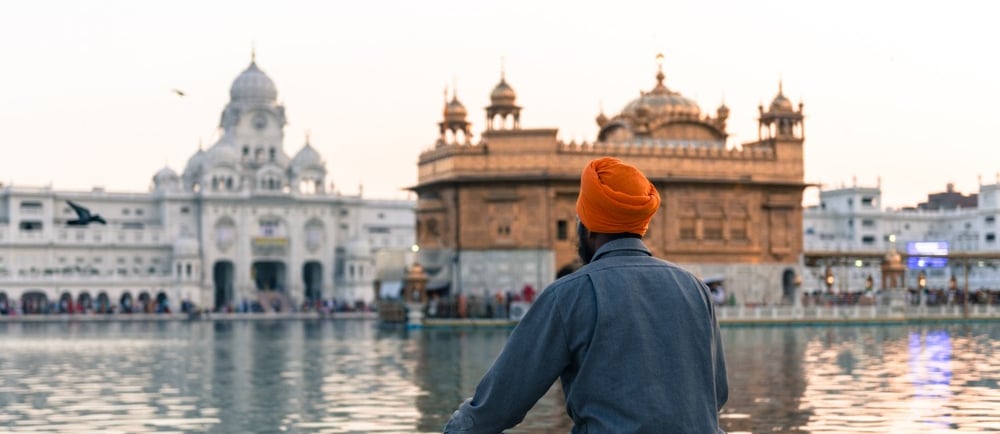The Gurdwara: A Place of Worship and Community
The Sikh Temple, also known as Gurdwara, is a place of worship and community for followers of Sikhism. Sikhism is a monotheistic religion that originated in the Punjab region of India in the 15th century. The Sikh Temple serves as a sanctuary where Sikhs gather to pray, meditate, and learn about their faith.


One of the central figures in Sikhism is the Guru, who is considered to be the spiritual leader and guide for the community. The Guru is believed to be a direct link between God and humanity, and their teachings are considered sacred scriptures.
The Sikh Temple is designed to reflect the principles and values of Sikhism. It is typically characterized by its distinctive architectural style, with a central prayer hall called the Darbar Sahib, where the Guru Granth Sahib, the holy scripture of Sikhism, is placed on a raised platform.
When entering a Sikh Temple, visitors are required to cover their heads as a sign of respect. The main hall is open to all, regardless of their religious beliefs or background. It is a place where people come together to seek spiritual guidance, find solace, and connect with their community.
One of the key practices in Sikhism is Seva, which means selfless service. Sikhs believe in serving others and actively contribute to their communities. Many Sikh Temples have free community kitchens, called Langar, where anyone can come and enjoy a vegetarian meal regardless of their social status.
The Sikh Temple is not only a place of worship but also a hub for various community activities. It serves as a center for education, where individuals can learn about Sikh history, philosophy, and traditions. It also hosts cultural events, religious festivals, and social gatherings, fostering a sense of belonging and unity among Sikhs.
